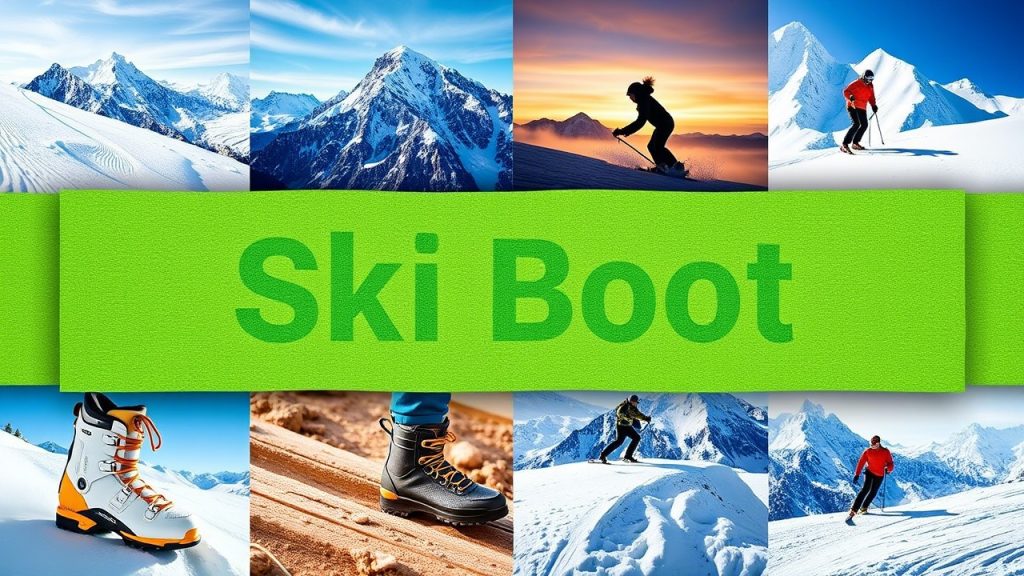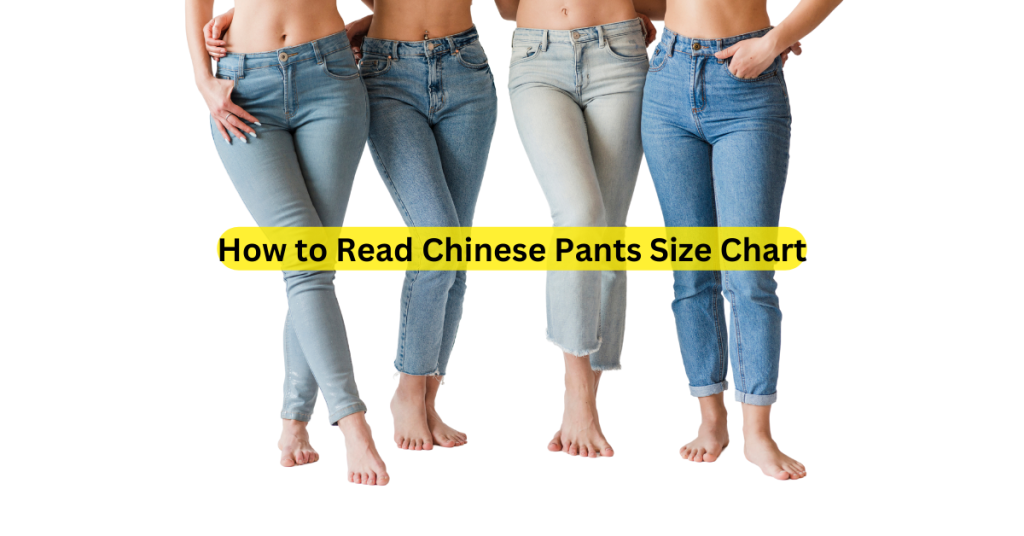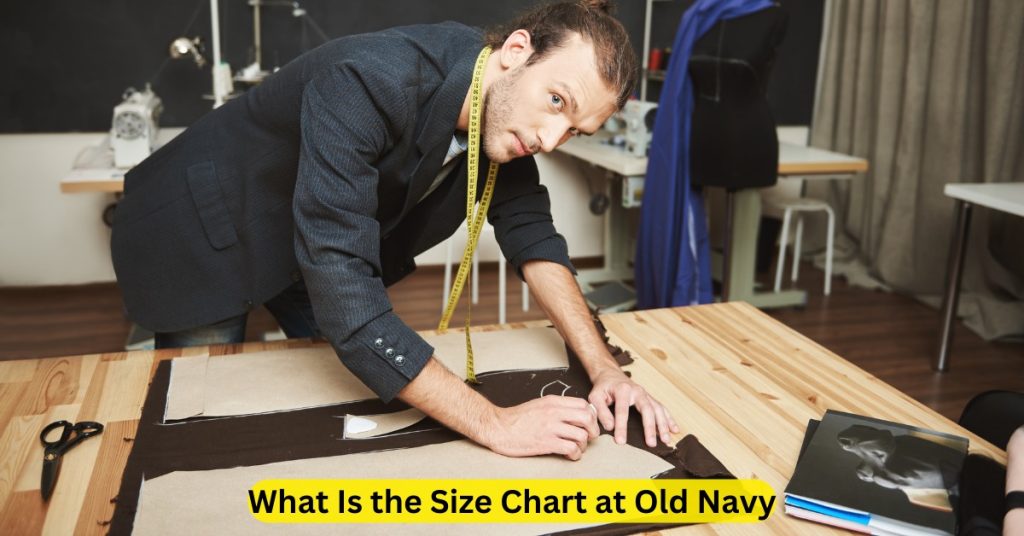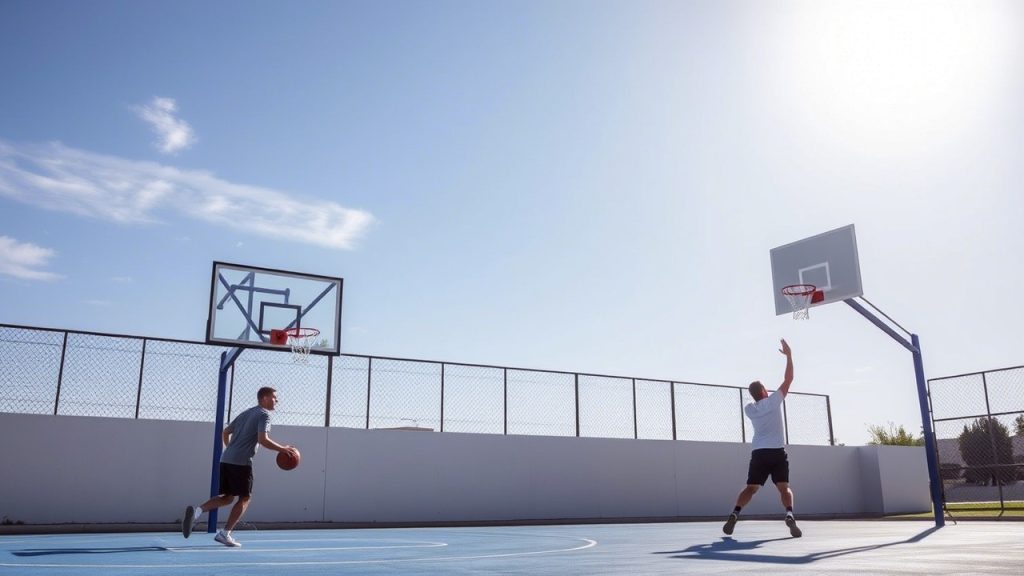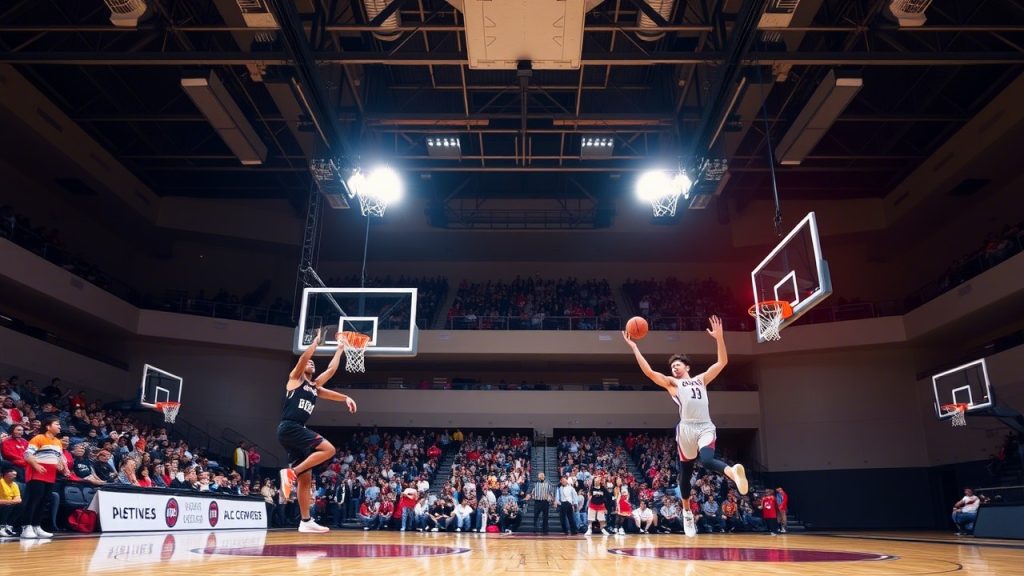8 Best Ski Boot Size Chart Ideas to Enhance Fit and Comfort
When it comes to skiing, one of the most important elements that directly affect your performance and comfort is your ski boots. Not only do they protect your feet, but they also help transfer the energy from your movements into the skis, which ultimately influences your ability to control your turns and maintain balance on the slopes. However, getting the right fit is essential, and often overlooked by skiers. A poor fit can cause pain, blisters, or even make skiing uncomfortable, diminishing your overall experience.
One of the best ways to enhance your comfort while skiing is by choosing the right ski boots and ensuring they fit properly. We’ll explore 8 ski boot size chart ideas that will help you find the best fit for your feet and ensure maximum comfort while you’re out on the slopes.
1. Understanding Ski Boot Sizing
Before diving into the size charts, it’s important to understand ski boot sizing. Unlike regular shoes, ski boots are measured using the Mondo Point system, which is a metric scale that indicates the length of your foot in centimeters. For example, if your foot measures 27.0 cm in length, your Mondo Point size will be 27.0.
It’s essential to remember that ski boots fit differently from street shoes. Ski boots need to be snug, and there’s a tolerance for a small amount of discomfort when you first try them on, as they will eventually mold to your feet with use. However, if they feel extremely tight or too loose, they won’t be ideal for performance or comfort.
2. The Mondo Point Size Chart
The Mondo Point sizing system, while different from standard shoe sizes, is easy to understand once you get the hang of it. Here is a basic Mondo Point ski boot size chart:
| Foot Length (cm) | Mondo Point Size |
|---|---|
| 22.0 cm | 22.0 |
| 22.5 cm | 22.5 |
| 23.0 cm | 23.0 |
| 23.5 cm | 23.5 |
| 24.0 cm | 24.0 |
| 24.5 cm | 24.5 |
| 25.0 cm | 25.0 |
| 25.5 cm | 25.5 |
| 26.0 cm | 26.0 |
| 26.5 cm | 26.5 |
| 27.0 cm | 27.0 |
| 27.5 cm | 27.5 |
| 28.0 cm | 28.0 |
| 28.5 cm | 28.5 |
| 29.0 cm | 29.0 |
| 29.5 cm | 29.5 |
| 30.0 cm | 30.0 |
To find your Mondo Point size, simply measure your foot in centimeters from the heel to the longest toe and match it to the corresponding size on the chart.

3. Ski Boot Widths
While length is crucial, the width of your ski boot is just as important. Ski boots come in three general width categories:
- Narrow (98-100 mm): Ideal for skiers with narrow feet.
- Medium (100-102 mm): The most common width, ideal for average-sized feet.
- Wide (102-106 mm): Best for skiers with wide or high-volume feet.
Most ski boot manufacturers provide size charts that outline their specific boot widths. If you have wide feet, you should consider boots with a wider last, as this will allow more room for your foot and enhance comfort, especially for longer skiing sessions.
4. Ski Boot Flex and Fit
Another important aspect to consider is the flex rating of your ski boot. The flex rating indicates how stiff or soft the boot is, and it’s important for both performance and comfort.
- Soft flex (50-70): Perfect for beginners or skiers looking for a more comfortable, forgiving feel.
- Medium flex (70-90): Ideal for intermediate skiers who need a balance of control and comfort.
- Stiff flex (90-130): Best for advanced or expert skiers who need maximum control and precision.
Your ski boot’s flex should match your skill level and the type of skiing you plan to do. For comfort, a softer flex might be more beneficial, as it allows for a more relaxed feel. However, if you’re into aggressive skiing or racing, a stiffer boot will provide more support and precision.
5. The Shell Fit and Footbed Customization
When choosing ski boots, a proper shell fit is crucial to ensuring comfort. The shell should fit snugly around your foot, with little extra space. A shell that’s too large will result in movement inside the boot, causing discomfort, while a shell that’s too tight can lead to painful pressure points.
To test the shell fit, you should wear the boots without the liner and slide your foot into the shell. Stand up and lean forward as if you’re in a skiing position. If your toes are lightly touching the front of the boot when you’re standing, but there is no pressure when you lean forward, then the fit is ideal.
In addition to the shell fit, consider customizing your footbeds. Custom footbeds are a great way to enhance comfort, especially for people with specific foot issues such as high arches or flat feet. Custom footbeds provide additional support, help distribute pressure evenly, and improve your overall skiing experience.
6. Understanding Ski Boot Volume
In addition to length and width, ski boots come in different volume categories. Ski boot volume refers to the amount of space inside the boot and is classified as low, medium, or high. Understanding your foot volume is essential for getting a proper fit.
- Low-volume boots: These are for skiers with narrower feet and a lower arch.
- Medium-volume boots: These are the most common and fit most skiers with average foot dimensions.
- High-volume boots: These are designed for skiers with wider feet or higher arches.
If you have a higher-volume foot, a high-volume ski boot will provide more room and avoid issues like pinching or pressure points. On the other hand, a low-volume boot will be snugger and help you achieve a more precise fit if you have a narrower foot.
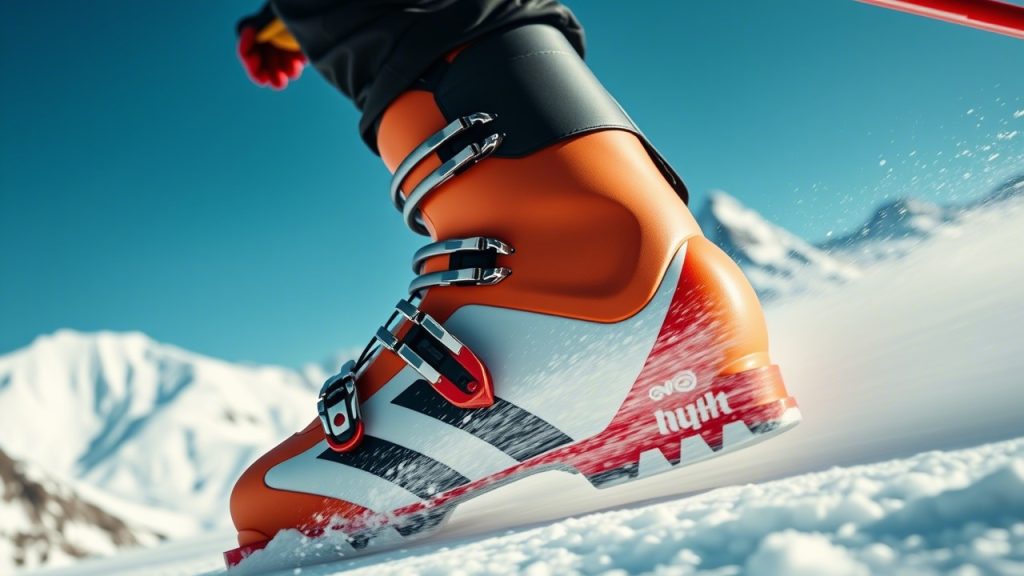
7. Considerations for Customization and Boot Fitting
Custom ski boot fitting is an excellent way to enhance comfort. Many ski boot shops offer boot-fitting services where professionals can make adjustments to the shell, add custom insoles, or mold the boot to your foot. These adjustments can make a significant difference in the overall comfort of your boots, especially for skiers with special foot concerns.
- Heat molding: Many ski boots now come with liners that can be heated and molded to the shape of your feet, improving fit and comfort.
- Shell modifications: A boot fitter may grind or stretch the shell of your boot to add space in certain areas, such as the toes or instep.
- Footbeds and insoles: Custom footbeds can be made to match the contours of your feet and improve alignment, offering better support and comfort.
Custom boot fitting can significantly improve your skiing experience, particularly if you struggle with discomfort or pain in your current boots.
8. Choosing the Right Ski Boots Based on Skiing Style
The style of skiing you prefer should influence your choice of ski boot. For example, alpine skiing and backcountry skiing often require different types of boots. Here are some key considerations based on skiing style:
- Alpine Skiing: For alpine skiing, you’ll need boots that are designed for precision and control. Stiffer boots with a narrow fit are often preferred, as they provide better responsiveness on hard-packed snow and during aggressive skiing.
- Backcountry Skiing: Backcountry skiing involves more walking, so boots with a flexible cuff and lightweight construction are ideal. Many backcountry boots also feature a walk mode, allowing for easier movement when hiking.
- Freestyle Skiing: Freestyle skiing requires boots that offer a balance of flex and comfort. A medium flex boot with a roomy fit may be best to ensure comfort during jumps and tricks.
Frequently Asked Questions
- How do I know if my ski boots fit properly?
A good fit means that your toes lightly touch the front of the boot when standing, but there should be no pain or discomfort. When leaning forward, your toes should pull back slightly, creating space. The boots should feel snug but not tight. - What if my ski boots are too tight or too loose?
If your ski boots are too tight, they may cause pressure points or pain. If they are too loose, you may experience poor control over your skis. Both can be remedied by adjusting the fit, changing liners, or consulting a boot fitter for modifications. - How do I measure my foot for ski boots?
Measure the length of your foot in centimeters from the heel to the longest toe. Then, consult a Mondo Point size chart to find the appropriate ski boot size. - Can ski boots be customized for better comfort?
Yes, many ski boots can be heat-molded or fitted with custom insoles to enhance comfort. A professional boot fitter can make adjustments to the shell, footbeds, and liners for a personalized fit. - Are wide ski boots better for comfort?
Wide ski boots can be more comfortable for people with wide feet, as they provide more room in the toe box and reduce pressure points. If you have narrow feet, a medium or narrow boot may be a better fit. - Do I need different ski boots for different types of skiing?
Yes, different types of skiing (alpine, backcountry, freestyle) require boots with varying flex, support, and weight. Be sure to select boots based on your skiing style for the best performance and comfort. - What is the best flex rating for ski boots?
The best flex rating depends on your skill level and skiing style. Beginners often prefer softer flex boots, while advanced skiers tend to opt for stiffer boots for better control. - How can I tell if my ski boots are the right volume?
Ski boot volume refers to the internal space inside the boot. If you have a high arch or wide feet, choose a high-volume boot. If your feet are narrow or have low arches, a low-volume boot may be more appropriate.
Conclusion
Choosing the right ski boots is essential for a comfortable and enjoyable skiing experience. By understanding the Mondo Point sizing system, selecting the right boot width, flex, and volume, and considering customization options, you can significantly enhance the fit and comfort of your boots. Remember, a well-fitted ski boot will improve not only your comfort but also your performance on the slopes. Happy skiing!

